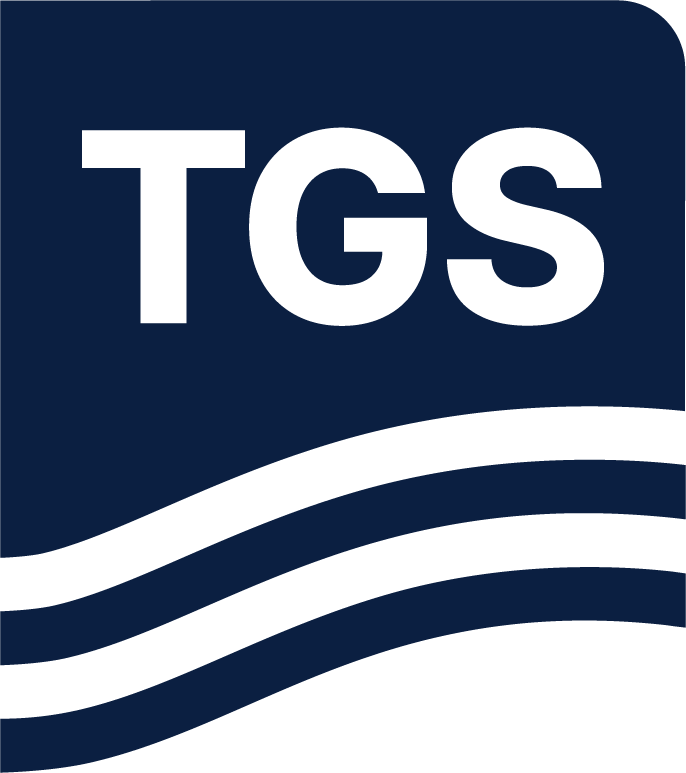Paper Summary
Imaging in deep water environments poses a specific set of challenges, both in the data preconditioning and the velocity model building. These challenges include scattered complex 3D multiples, aliased noise, and low velocity shallow anomalies associated with channel fills and
gas hydrates. In this paper, we describe an approach to tackling such problems for data from deep water off the north east coast of India, concentrating our attention on iterative velocity model building, more specifically the resolution of near surface and other velocity anomalies. In the region under investigation, the velocity field is complicated by narrow buried canyons (500 m wide) filled with low velocity sediments which give rise to severe pull-down effects; possible free gas accumulation below an extensive gas hydrate cap, producing dimming of the image below (perhaps as a result of absorption); and thin channel bodies with low-velocity fill. Hybrid gridded tomography using a conjugate gradient solver (with 20 m vertical cell size) is used to resolve small scale velocity anomalies (with thicknesses of about 50m). Manual picking of narrow channel features is used to define bodies too small for the tomography to resolve. Pre-stack depth migration using a velocity model built using a combination of these techniques was able to resolve pull-down and other image distortion effects in the final image. The resulting velocity field shows high resolution detail useful in identifying anomalous geobodies of potential exploration interest.

